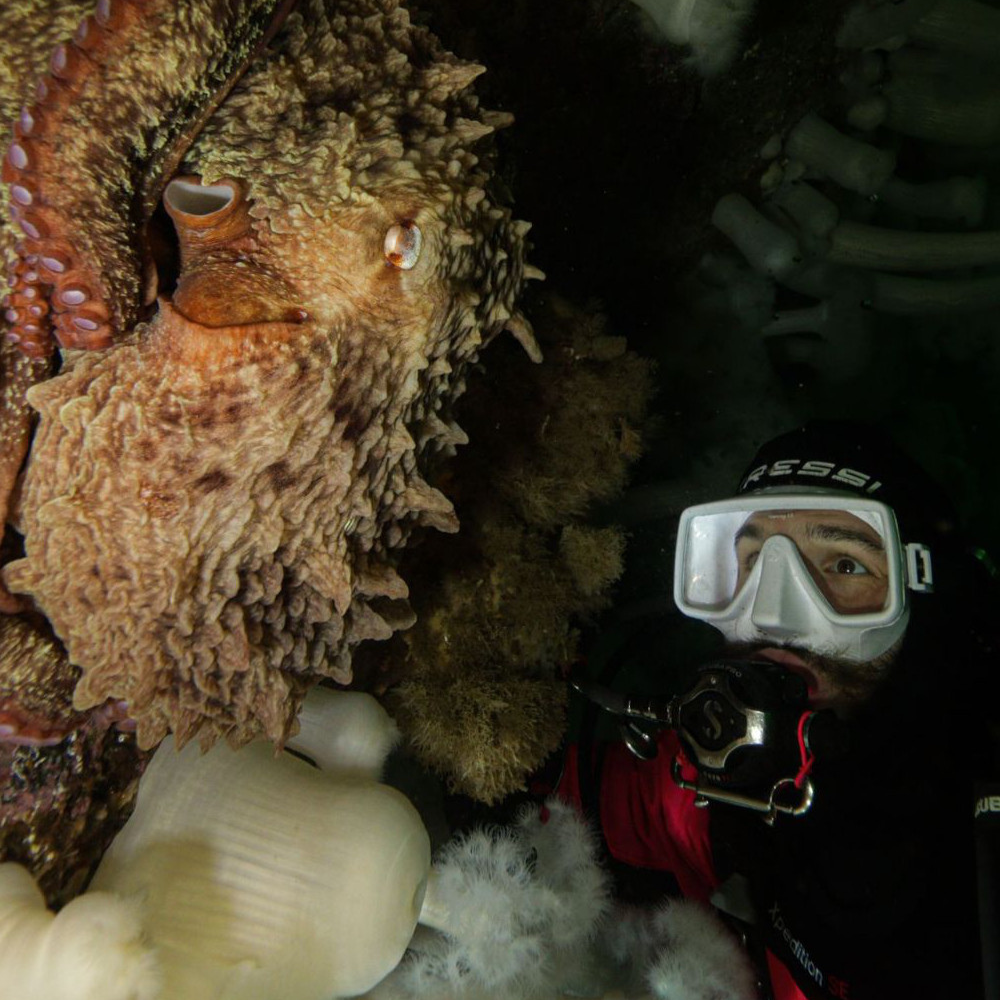Rescue Diver Certification: Everything You Need to Know
The Rescue Diver course is an important step for scuba divers looking to improve their skills and take on greater responsibility in the water. It's an intentionally challenging course designed to help you respond effectively to a range of diving emergencies, from small problems to serious situations, while staying calm and in control.
Whether you’re considering a career in diving or simply want to be a stronger, more capable dive buddy, this course provides the skills and confidence you need to reach the next level.
Who is the Rescue Diver Course For?
The Rescue Diver course is for divers ready to move beyond personal skills and focus on assisting others in emergencies. Given our location in Vancouver, you'll also most likely be doing the course in a drysuit – providing important experience unique to cold-water diving, but presenting an additional physical challenge.
To take the course, you need Advanced Diver certification and first aid training (which can be taken as part of the course if you don’t already have it). You should also be comfortable managing yourself and staying calm in potentially stressful and physically demanding situations.
Who Benefits Most from This Course?
Dive Professionals
If you’re pursuing a career in diving, this course is a requirement before training to become a Divemaster. Whether you plan to assist instructors, lead dive trips, or teach pool sessions, these are necessary skills you need to ensure the safety of others under your guidance.
Advanced Recreational Divers
Many divers take this course to become more knowledgeable and capable buddies. It’s about being prepared for challenging situations, such as helping with minor equipment problems or stepping in during emergencies when diving without a professional guide. The skills you learn make diving safer and more enjoyable for everyone.
How Challenging Is the Rescue Diver Course?
The Rescue Diver course requires effort, focus, and a willingness to take on responsibility. It’s one of the most demanding certification courses for recreational divers, but it’s also one of the most rewarding.
Physical Challenges
- You’ll practise realistic rescue scenarios that are physically intense, especially in cold-water environments where gear is heavier and less forgiving.
- Training includes assisting panicked divers, bringing an unresponsive diver to the surface, towing them to safety, and providing rescue breaths—all in full gear, often in a single session.
- Staying calm and focused while managing these physically challenging tasks is a key part of the training.
Mental Challenges
- The course includes scenarios like missing or out-of-air divers, which can be mentally taxing to simulate and require staying calm under duress.
- You’ll learn how to assess situations, manage stress, and make quick decisions to prevent or resolve emergencies.
- Completing the course means accepting more responsibility within your dive group, as other divers will often look to you for guidance in emergencies.
How the Rescue Diver Course Works
The Rescue Diver course is structured to provide practical skills and knowledge to assist other divers effectively. It builds on the foundational skills from your previous certifications and focuses on real-world application.
- eLearning: Start with PADI’s Rescue Diver eLearning program to cover the theory and complete the online exam.
- Classroom and Pool Training: Over two evenings, you’ll review key concepts and practise rescue techniques in a pool, wearing a wetsuit.
- Ocean Training: The hands-on portion takes place over a weekend, with two full days of diving in the ocean to apply your skills in open-water conditions.
If you don’t already have an Emergency First Response (EFR) certification, you’ll need to complete that training before your Rescue Diver certification can be finalized. EFR focuses on first aid and CPR, which are essential skills for any diver assisting in emergencies.
Why Take the Rescue Diver Course?
Some divers may approach the Rescue Diver course with the goal of being able to help themselves in emergencies. However, that's not the purpose of this course. Self-rescue techniques are covered in the Open Water Diver certification, which teaches how to solve immediate problems and react when assistance is needed.
The Rescue Diver course is a valuable investment in your personal skills and confidence, but it is mostly about how you can help other divers. You’ll face challenges and learn techniques that can make a real difference in emergencies while contributing to a safer dive environment for everyone. It’s an admirable certification that makes you a more capable and dependable diver.
Whether you’re looking to advance your diving career or simply improve your abilities, sign up for the Rescue Diver course today and take the next step in your diving training.














